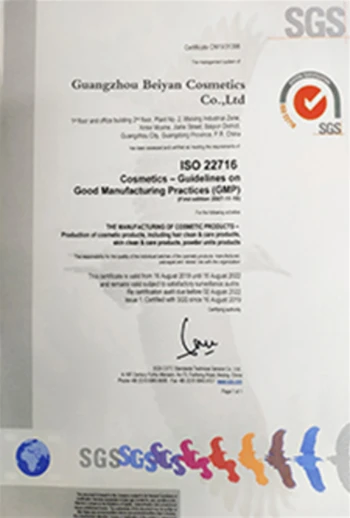



Exploring the Benefits and Uses of 22.4% Sodium Chlorite Solution
Understanding 22.4% Sodium Chlorite Applications and Safety
Sodium chlorite is a chemical compound with the formula NaClO2. It is a white, odorless powder that has a wide range of applications in various industries, primarily due to its strong oxidizing properties. A 22.4% sodium chlorite solution is particularly notable for its uses in disinfection, water treatment, and industrial applications. This article delves into the characteristics, applications, and safety considerations associated with this specific concentration of sodium chlorite.
Properties of Sodium Chlorite
Sodium chlorite is a powerful oxidizing agent, making it effective in breaking down organic materials and pathogens. At a concentration of 22.4%, it exists as a stable aqueous solution, which can be used directly or diluted further depending on the intended application. The high concentration enhances its efficacy, allowing it to serve as a potent disinfectant.
Applications
1. Water Treatment One of the most significant applications of 22.4% sodium chlorite is in the treatment of drinking water. It is used to generate chlorine dioxide, a compound that effectively disinfects water by killing bacteria, viruses, and other pathogens. The process of generating chlorine dioxide from sodium chlorite is crucial for ensuring the safety of municipal water supplies.
2. Disinfection In healthcare settings, sodium chlorite solutions are utilized to disinfect surfaces and medical equipment. Its ability to kill a broad spectrum of microorganisms makes it a suitable choice for environments that require stringent hygiene standards, such as hospitals and laboratories.
3. Bleaching Agent Sodium chlorite is also employed as a bleaching agent in the pulp and paper industry. Its oxidizing properties facilitate the removal of impurities and discoloration from paper products, thereby enhancing their quality and appearance.
4. Food Industry The food industry uses sodium chlorite for sanitizing equipment and surfaces. It helps in preventing the growth of harmful bacteria on food processing surfaces, thereby contributing to food safety.
22.4 sodium chlorite

5. Wastewater Treatment In municipal and industrial wastewater treatment, sodium chlorite is used to remove odor-causing compounds and to disinfect effluents before they are released into the environment.
Safety Considerations
While sodium chlorite is beneficial in many applications, it is essential to handle it with care. The compound can be hazardous if not used properly. Here are some safety considerations to keep in mind
- Irritation Sodium chlorite can cause skin and eye irritation upon contact. It is vital to wear appropriate personal protective equipment (PPE), such as gloves and goggles, when handling the solution.
- Inhalation Risks Inhaling sodium chlorite particles or vapors can lead to respiratory issues. Working in well-ventilated areas and using respiratory protection when necessary is crucial.
- Reactivity Sodium chlorite is reactive, especially in the presence of acids or organic materials. It should never be mixed with these substances, as this can lead to the release of toxic gases or result in dangerous reactions.
- Storage Store sodium chlorite solutions in a cool, dry place away from incompatible materials. Proper labeling and secure storage help prevent accidental exposure.
In conclusion, 22.4% sodium chlorite is a versatile compound with significant applications across various sectors, particularly in water treatment and disinfection. While it offers numerous benefits, proper handling and safety measures are essential to ensure that its use is both effective and safe. Understanding these aspects will help users maximize the advantages of sodium chlorite while minimizing risks.
-
Why Sodium Persulfate Is Everywhere NowNewsJul.07,2025
-
Why Polyacrylamide Is in High DemandNewsJul.07,2025
-
Understanding Paint Chemicals and Their ApplicationsNewsJul.07,2025
-
Smart Use Of Mining ChemicalsNewsJul.07,2025
-
Practical Uses of Potassium MonopersulfateNewsJul.07,2025
-
Agrochemicals In Real FarmingNewsJul.07,2025
-
Sodium Chlorite Hot UsesNewsJul.01,2025










